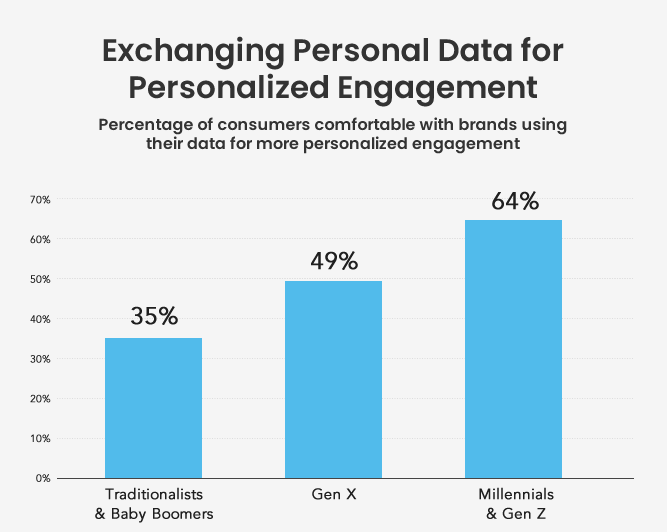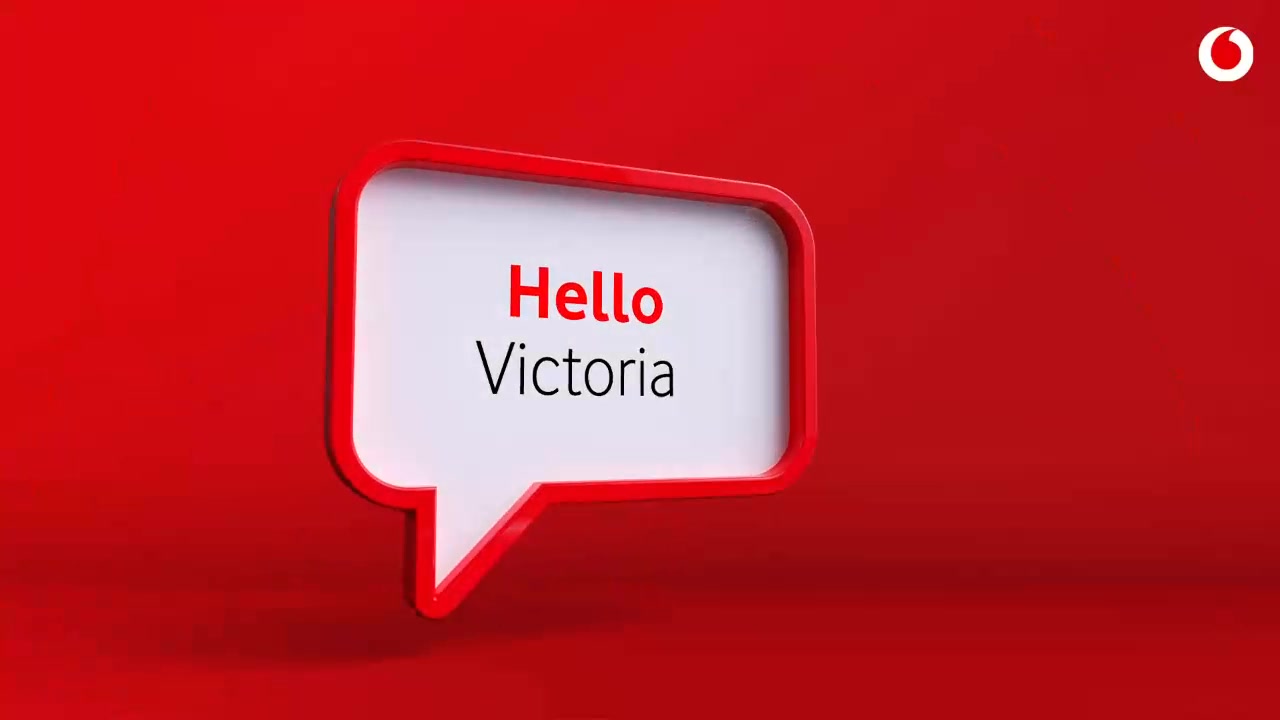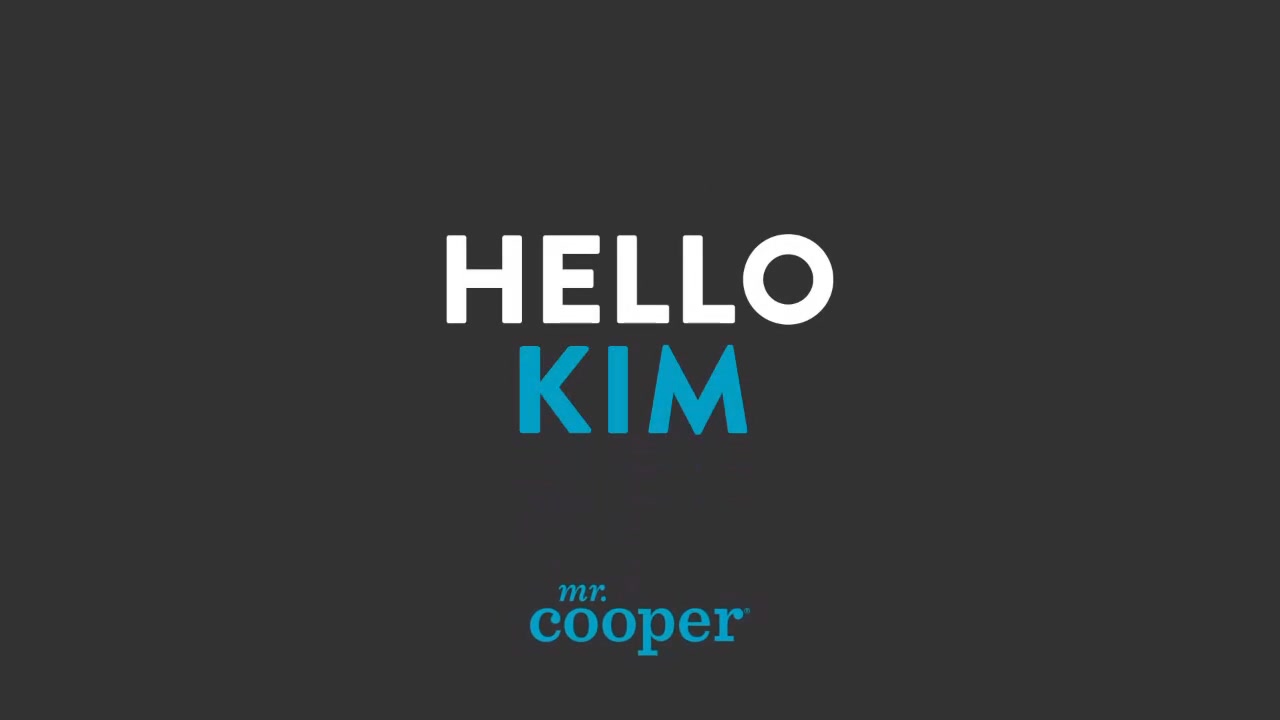Imagine, if you will, a world without marketing personalization. A world where, regardless of how many times you interacted with a company, no matter how frequently you set preferences and shared data about yourself, you weren’t treated like an individual. Heck, you weren’t even remembered. Can people live without marketing personalization?
For some companies, this is the reality they deliver to people every day. There’s no brand connection, no “thanks for your business” or incentive to come back. They don’t care about creating relationships with their customers and, in return, their customers look elsewhere for better service.
But, of course, this isn’t you. You want to offer your customers a unique, data-driven, individualized brand experience. You want to deliver incredible solutions that make their lives better. It’s why you’re here reading this blog post. It’s why we’re talking about marketing personalization.
Marketing Personalization Facts to Know
Did you know that 73% of consumers prefer to do business with a company that leverages user data to make the buying experience more relevant? And the great thing is that consumers are getting more comfortable with sharing their data to get it. Just take a look at the gradual difference among generations.
Research from Salesforce shows that the percentage of customers comfortable with brands using relevant information about them, such as transaction history and preferences, in exchange for more personalized engagement is higher with younger generations: 64% for millennials and Gen Z compared with a low of 35% for Baby Boomers and the Silent Generation.
Ultimately, people are busy. Most individuals don’t have an endless amount of time to hunt for unexpired coupons or dig through a website to find what’s relevant to them. A personalized brand experience can anticipate consumers’ needs and help them save time and money. It can help them understand complicated information, like program details or service benefits, because the information you’re sharing is 100% relevant for that consumer.
Onboarding is one place we often see personalization used to good effect. Watch the video below from Allianz to see how one of the world’s largest insurers takes new customers on a personalized (digital) tour of their policy.
Now, that’s a step up from the average welcome, wouldn’t you say? Through humor and personal details, Allianz creatively showed new customers the details of their policy in a way that was both attention-grabbing and easy to understand.
The Power of Cross-Channel Marketing Personalization
Google reports that 67% of consumers operate across multiple devices when making a purchase. Why is this important to keep in mind? Because 52% of shoppers admit to consciously buying more when a shopping experience is personalized across channels.
Post on
Sending tailored recommendations to your customers on mobile is great, but if they can’t switch over to their laptop and experience the same level of personalization, then there’s a chance that they won’t follow through with that purchase after all.
Instead, your customers should have a seamless, intuitive experience that’s mirrored on every device. This is key across industries.
- Retail: For ecommerce, you want your customers to be able to begin shopping on their phone when they have spare time, and then be able to just as easily pick the search back up on a laptop when they’re ready to make a purchase.
- Financial services: If you’re in the financial services sector, such as insurance, banking, mortgages and the like, you want prospective customers to be able to share their needs and receive targeted recommendations relevant to them.
- Hospitality: What about travel? If the customer has specified their interests, you should use that information to help them make their next dream vacation a reality, maybe even inspiring them to visit a place they don’t yet know about.
Of course, this applies to many other sectors. It all goes back to efficiency and making people’s lives easier. According to Accenture, 91% of consumers are more likely to shop with brands who recognize, remember and provide relevant offers and recommendations.
At a base level, marketing personalization might mean you don’t make someone start the purchase process from square one just because they’ve switched devices. Instead, you reward return visitors by showing that you’ve learned a little bit more about them after each interaction they make with your brand.
But marketing personalization is more than just storing cookies on your website to help returning customers. In fact, third-party data is getting harder and harder to capture, hence the shift to first-party data. Truly effective personalization considers the individual customer. It’s when you know (and call) them by name and proactively communicate with them 1:1.
How does that work? Take a look at the video below.
See how Celebrity Cruises addressed Christopher by name? Beyond that, the brand showed an understanding of his travel interests and even curated an offer that feels irresistibly exclusive. Talk about personalized treatment!
Personalization Breeds Loyalty (and Other Benefits)
To be clear, an optimized customer experience isn’t just a nice thing to offer, it’s a necessity for business success. That’s because positive experiences breed loyal customers, and loyal customers are highly valuable for your business.
Personalization has been found to be a key driver of loyalty. In one study on loyalty programs, researchers found that when personalization is done well, there is a 6.4x lift in member satisfaction. Other benefits included:
- 6x lift in members saying good things about the brand
- 5.2x lift in members staying longer
- 3.5x lift in members’ spending
With tools like CRMs, retargeting platforms and intelligent automation, you can leverage new data to anticipate customer needs and encourage engagement. In doing so, marketers see increased ROI. Take a look at these results reported by 200 marketing executives after they applied personalization “in a robust way:”
- Direct impact on maximizing sales and profits in direct-to-consumer channels
- Increases in transaction frequency
- Higher sales and customer lifetime value through product or content recommendations
As an example, take this video TJ Maxx sent shoppers to remind them of their rewards certificate.
It’s not just an email saying you have a reward. It’s a dynamic, data-driven video unique to that consumer. It has their name, the amount of the reward and more details about what they can do with their certificate.
This kind of personalized communication not only drives conversions but also loyalty for the long term.
When to Get Personal
There’s little doubt about the positive ROI of personalization but in what areas can brands add more personalization?
Well, pretty much any stage of the customer journey! Any point of communication with your customers is an opportunity for you to add a personal touch, whether it’s acquisition, onboarding, upselling or even simple messages of appreciation. Don’t be afraid to get creative with it.
Potential customers, for example, can get a personalized experience through your acquisition efforts. While you may not have much information on a lead, you can always give them the chance to share more information. The trick here is to give them something of value — such as a personalized quote or offer — in return.
One revolutionary way to do this is with Living Video, which is dynamic video that evolves based on user context, data or actions. Play with the mortgage calculator below to see the personalized experience for yourself.
As you continue to interact with and learn about your customers, you can use those insights to craft more tailored experiences for them, elevating you above the competition.
For instance, rather than sending generic promotions, create a personalized offer based on their spending activity and behavior. Or maybe show a loyal customer rewards they’ve earned or perks of doing business with you. That’s exactly what Vodafone did in the retention campaign video below. Imagine you’re Jennifer and you receive this video. Exciting, right?
The takeaway here is that personalization can elevate your customer’s experiences in countless areas. Not only that, but your customers are increasingly expecting it to. A world without personalization is quickly becoming a thing of the past.
Personal Relationships Matter Especially in a Digital World
A world without marketing personalization would be like living in a town where no one took the time to learn your name or get to know you — reminding the same barista every morning that you take soy milk in your coffee or having to repeatedly send a note to school to say your child is allergic to peanuts. Not only would it feel like you don’t matter, but it would also be massively inefficient and potentially disastrous.
The same is pretty much true of non-personalized digital marketing practices. When you don’t take the time to make your customers feel like individuals, they’ll look elsewhere for a better experience.
So are you ready to enhance your marketing personalization? Schedule an intro call with us by clicking the button below. We’d love to show you just how Personalized Video can make an impact on your world.










